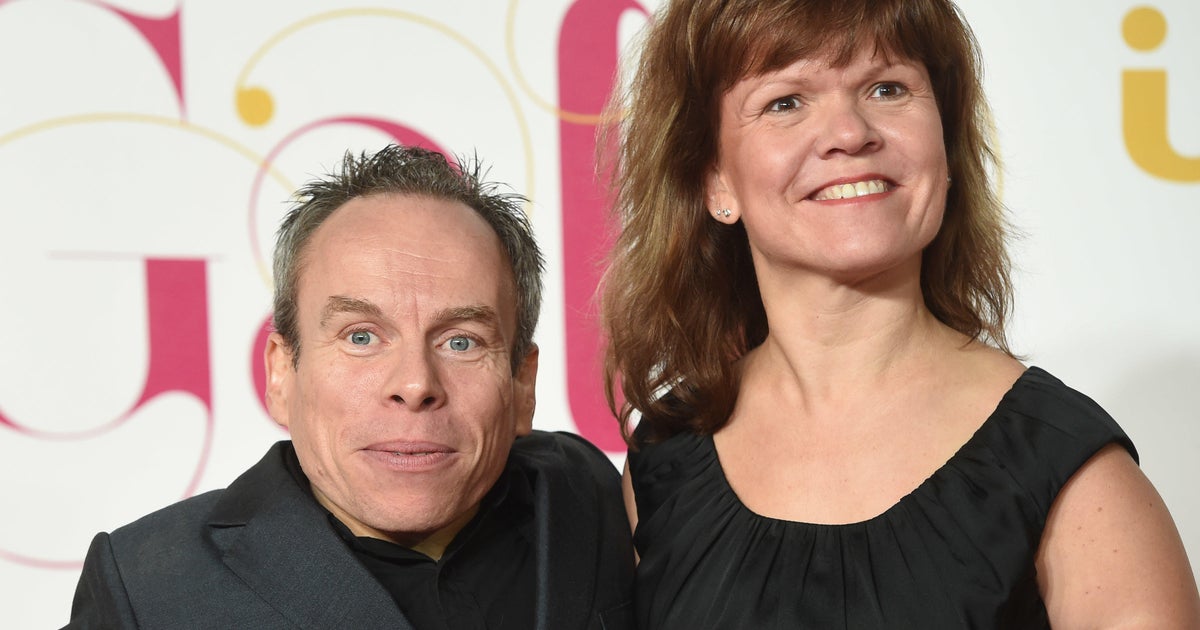Revamped national anthem lyrics and a new look for currency: Here are some changes the U.K. can expect after Queen Elizabeth's death
The death of Queen Elizabeth II on Thursday brought an end to her 70-year reign. With her son, King Charles III, now the ruling monarch at Britain's helm, decades of symbols in Her Majesty's honor – from the national anthem to currency – will likely see a shift.
While there has not been official confirmation of the following changes, history has shown that when a new monarch emerges, so do the tributes that appear in their honor throughout the United Kingdom and beyond.
National anthem
For 70 years, "God Save the Queen" has been the song of the land in Britain – but the National Anthem was around long before Elizabeth II ascended to the throne in 1952. According to the royal family's official website, the National Anthem actually dates back to at least the 1700s, but could possibly be even older.
Before it was "God Save the Queen," however, the song was "God Save the King." It was first performed in honor of then-Prince Charles Edward Stuart after he defeated King George II's army, according to the royal family. The leader of the band at the Theatre Royal arranged its performance and the song quickly spread to be a custom for greeting monarchs as they entered places of public entertainment.
The words used in the song today are the same as those sung at that time, but with "Queen" and she/her pronouns used where needed. The first verse of the song will now be recited as, "God save our gracious King! Long live our noble King! God save the King! Send him victorious, Happy and glorious, Long to reign over us, God save the King."
After King Charles' official proclamation as sovereign of the United Kingdom of Great Britain and Northern Ireland on Saturday morning, members of the King's Guard performed "God Save the King" outside of St. James's Palace. Only the first verse of the song was performed, as is usually done on official occasions, according to the royal family.
Currency
Currency issued by the Royal Mint has depicted the reigning British monarch for more than 1,100 years. Queen Elizabeth was no different – with her portraits gracing coins in Britain and throughout the Commonwealth since she took the throne. New coins had been designed in her honor about once a decade.
The Royal Mint has not stated its official plans for the nation's currency. In a statement, the official maker of the U.K.'s coins said that Queen Elizabeth II "will be dearly missed" by the company and "millions of people around the world."
"The remarkable legacy of Britain's longest-serving monarch will live on for many years to come," the Royal Mint said.
However, it can be assumed that any newly minted coins with King Charles III will have another notable difference – while Queen Elizabeth was always depicted facing toward the right, Charles will face left. The changing directions are a tradition that has lasted for more than 300 years, according to the Royal Mint Museum, where each king or queen faces in the opposite direction as their predecessor.
The Queen's father – and King Charles III's grandfather – George VI faced left on his coins.
Queen Elizabeth II was also the first monarch to be featured on banknotes from the Bank of England, when, in 1956, the U.K. Treasury granted permission for her portrait to be used. The Bank said Thursday that current banknotes featuring her image will continue to be legal tender and that further announcements about notes will be made after the nation's period of mourning.
Postal system symbols
Queen Elizabeth's head appears on all of the U.K.'s postage stamps and her personal cypher – as well as those of all her predecessors dating back to Queen Victoria – appear on most letterboxes, according to the royal family. The first postage stamps to feature Elizabeth were issued on June 3, 1953, the day after her coronation, according to the Royal Mail. They show the queen wearing the Diamond Diadem, a crown that was made in 1820 for King George IV that has since been worn by every queen and queen consort since Queen Adelaide.
Several iterations of the Queen's portrait have been displayed on British stamps ever since, with special designs being used for anniversaries, birthdays and jubilees. The most recent stamps were issued in February for the queen's Platinum Jubilee and showed eight different photographs of Her Majesty throughout her reign.
It's expected that new stamps will be printed depicting King Charles III.
"We release all stamp images at the appropriate time, after consultation with Buckingham Palace," a Royal Mail spokesperson told CBS News.
Prior to Elizabeth's death, the postal union was planning to strike Friday. The union said Thursday that it will hold off until September 30 – after the royal family's official mourning period has ended.
Flags
The Royal Standard is a flag representing the monarch and the United Kingdom. Under the Queen's reign, it was flown whenever she was in residence in one of the royal palaces or on her car or aircraft during official travel. It could also be flown on any building that was visited by the Queen if the owner wanted it.
The flag has changed several times since the Union of the Crowns in 1603, according to the royal family. Its latest form was a design of four quarters, with England represented as three lions walking with their right feet raised in the first and fourth quarters, Scotland represented as a lion standing on one hind leg in the second quarter and Ireland represented with a harp in the third.
Wales was not symbolized in the Royal Standard, but that could change if the new monarch so chooses.
King Charles III could also get a new personal flag, which the queen did in 1960. Elizabeth's was a gold "E" with the royal crown on a blue background, surrounded by roses. Charles currently has a personal flag exclusively for use in Wales.





